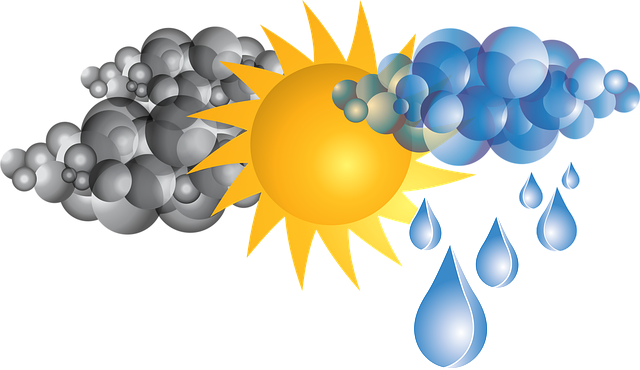
When it comes to home inspections, climate isn’t just a background detail—it plays a starring role. The weather patterns and environmental conditions of a region can have a significant impact on the materials used in construction, how long they last, and the kinds of problems that tend to pop up over time. If you’re buying or selling a home in a warm, humid climate like the Gulf Coast, it’s important to understand how those conditions affect what an inspector looks for.
Moisture Is a Major Player
High humidity and frequent rainfall are normal here, and they leave their mark on homes over time. Inspectors pay close attention to any signs of water intrusion, whether it’s through the roof, windows, siding, or under the house. Moisture can lead to mold, mildew, wood rot, and even foundation movement if drainage isn’t managed properly.
Homes in this region are often built with crawl spaces or slab foundations. In both cases, inspectors look for proper ventilation and signs of excess humidity. In crawl spaces, standing water or high moisture content can signal drainage issues or insufficient vapor barriers.
Roof Wear Happens Faster
Roofs take a beating from the sun and storms. In climates with intense heat and frequent downpours, asphalt shingles tend to age more quickly. Inspectors check for signs of curling, cracking, missing shingles, or poor flashing around penetrations like chimneys and vents. In coastal areas, wind damage is another key concern—even if a storm hasn’t recently passed through.
HVAC Systems Work Harder
Air conditioning systems in hot, humid regions work overtime for much of the year. During a home inspection, HVAC systems are tested to ensure they cool properly and operate efficiently. Condensate drain lines are checked for clogs or backups, and inspectors look for any corrosion or signs of deferred maintenance.
Pests Love the Climate, Too
Warm, moist environments are ideal for pests like termites, carpenter ants, and wood-boring beetles. A thorough inspection will look for visible signs of wood damage, mud tubes, frass (insect debris), and conducive conditions like wood-to-ground contact or poor ventilation.
Exterior Materials Matter
Homes in damp, hot climates benefit from certain materials more than others. Wood siding, for instance, can warp or rot without regular upkeep. Inspectors will assess whether exterior finishes are holding up well or may be at risk of weather-related damage.
Final Thoughts
Climate doesn’t just influence curb appeal—it impacts nearly every system in a home. A good inspection doesn’t just find current problems; it helps anticipate what issues may arise due to the environment. Whether you’re purchasing or preparing to list, understanding how local weather shapes a property can make all the difference in long-term value and peace of mind.
